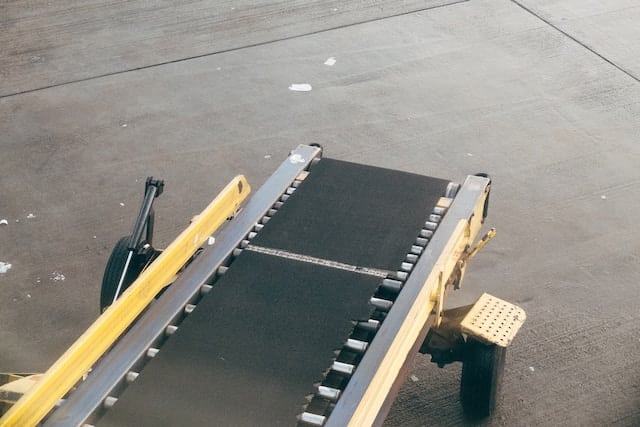Conveyor systems streamline operations in numerous industries, contributing to efficiency and productivity. However, their operation is not without risks. We will discuss safety tips to consider when operating conveyor systems, empowering operators with the knowledge to prevent accidents and foster a safer workplace environment.
Never Remove Guards or Safety Devices
The first rule of conveyor safety is to never remove guards or safety devices. These components are not merely optional accessories; they’re integral to maintaining a safe operational environment. Guards and safety devices protect workers from the potentially dangerous moving parts of the machinery.
Removing them exposes individuals to unnecessary risks, including entanglement, crushing, or worse. Remember, guards and safety devices are there for a reason—to keep you safe while you operate these machines. Hence, maintaining them in place is not just a safety best practice but a non-negotiable standard for any responsible conveyor operator.
Follow Proper Lock-Out Procedures
It’s critical to follow correct lock-out procedures when operating conveyor systems, particularly before attempting to remove stuck objects or debris or servicing the system. The lock-out procedure involves deactivating the machinery, effectively cutting off its power source before initiating any maintenance or repair work.
This crucial step ensures the conveyor system cannot unexpectedly start operating while someone is working on or near it, a situation that could lead to severe injuries or even fatalities. Furthermore, removing caught objects or debris from a live conveyor system poses a risk of entanglement.
Therefore, lock-out procedures serve as a protective measure, securing the safety of workers and promoting a risk-free operational environment. Safety should be the priority before efficiency or speed, and no job should begin until someone has properly locked out and tagged the conveyor system.
Perform Regular Maintenance
As with any piece of machinery, regular maintenance is key to a conveyor system’s safe and efficient operation. This practice ensures the system’s optimal performance and plays a vital role in accident prevention. Understanding priority preventative maintenance for conveyor systems can help improve workplace safety.
Regular inspections and maintenance allow operators to detect and address potential issues before they escalate into more serious problems that could compromise safety. This process includes checking for wear and tear, lubricating moving parts, and ensuring all safety devices function correctly.
A well-maintained conveyor system is less likely to experience sudden breakdowns or malfunctions that could lead to accidents. Additionally, regular upkeep extends the system’s lifespan, providing a long-term safety and economic advantage. Hence, it’s clear that routine maintenance is not just about keeping your conveyor system running; it’s a critical safety precaution that facilities should never overlook.
Now that you know what safety precautions to follow with conveyor systems, you can implement these into your operation today. Always remember a safe working environment is paramount and directly contributes to the productivity and efficiency of your operations. Implementing these safety measures minimizes the risk of accidents and ensures your conveyor system’s longevity and reliable performance.
If you are working and happen to become injured on the job, be sure to have a good personal injury lawyer in your back pocket.












Leave a Reply